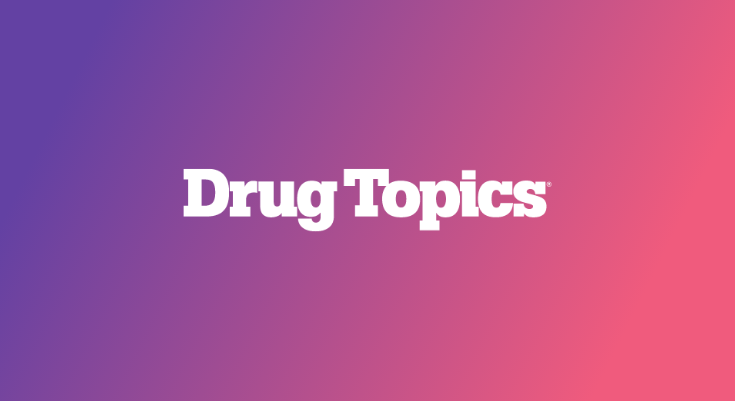
Navigating GLP-1 access & complexity: 4 key insights
Glucagon-like peptide-1 (GLP-1) therapies are reshaping care for diabetes, obesity, and cardiometabolic health. Yet with their rapid rise in demand comes equally rapid complexity — from payer benefit design and pharmacy operations to patient access and affordability.
In a recent multi-part series with Drug Topics and the podcast Over the Counter, Rae McMahan, Senior Vice President of Payer Solutions at Prescryptive, shares her perspective on how the industry can better manage these challenges. Her insights span payer design, pharmacy burden, and patient barriers, with an emphasis on transparency and technology-driven solutions.
Here are four key takeaways:
1. Patient & provider challenges in GLP-1 prescriptions
In the Over the Counter podcast, McMahan describes the “perfect storm” that GLP-1s represent. Providers face variable plan designs, prior authorizations, and cost transparency issues — all of which complicate prescribing.
She emphasizes that digital prescription technology and pharmacy benefit innovation are critical to reduce friction across physicians, pharmacists, employers, and, most importantly, patients.
2. The pharmacist’s administrative burden
Pharmacists are often caught in the middle of GLP-1 complexities. In this Q&A, McMahan describes the situation as a “huge administrative nightmare.”
From repeated prior authorization paperwork to unclear reimbursement rules, the process can overwhelm pharmacy teams — and in some cases, disincentivize them from dispensing GLP-1s at all. Preserving access means reducing this burden through streamlined benefit design.
3. Pharmacy benefit complexities exposed
The third part of the series dives into the heart of payer design. McMahan explains how inconsistent coverage rules — from drug tiers to lifestyle benefit carve-outs — create confusion and administrative overload.
Her recommendation: adopt flexible, concierge-level benefit models that give patients visibility into coverage and cost before they reach the pharmacy counter.
4. Patient barriers in access & affordability
Of course, all GLP-1 challenges eventually impact the patient. In this installment, Rae discusses the fact that despite the popularity of GLP-1s, patients face barriers including narrow formularies, unpredictable out-of-pocket costs, and confusing coupon or network rules.
The result: care delays and inequitable access. Solving this challenge means embedding transparency, affordability, and flexibility into every step of the benefit design.
Prescryptive’s approach: Patient-centric
A patient-centered holistic approach for weight loss management strategies can help create savings for plans and members. Tech-savvy solutions that help the patient know the cost of their medication the moment it’s being prescribed — before they reach the pharmacy – can help drive down costs and help support adherence.